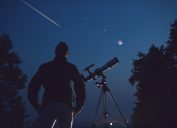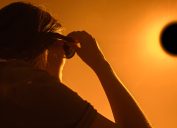8 Amazing Things You Can See in the Night Sky Without a Telescope
There are plenty of stars, planets, and other phenomena that are visible without extra equipment.
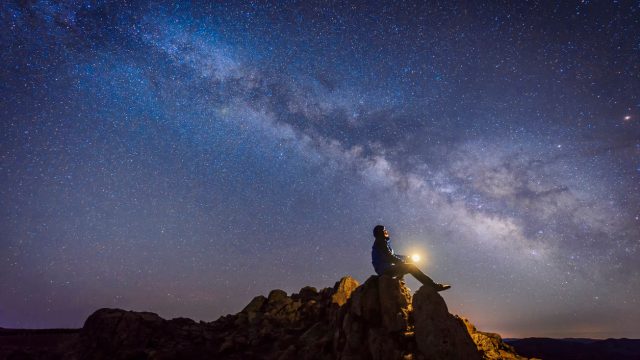
Some of the best stargazing opportunities can come out of nowhere. Whether it's just catching a glimpse of a meteor while enjoying a warm night in your backyard or looking up at constellations from on a camping trip, the immensity of the night sky can be awe-inspiring even without extra equipment. Fortunately, expert astronomers say there's still plenty worth seeing with the naked eye. Read on for some of the amazing things you can see in the night sky without a telescope.
READ THIS NEXT: The Next Total Solar Eclipse Will Be the Last Until 2044, NASA Says.
1
Mars and Venus
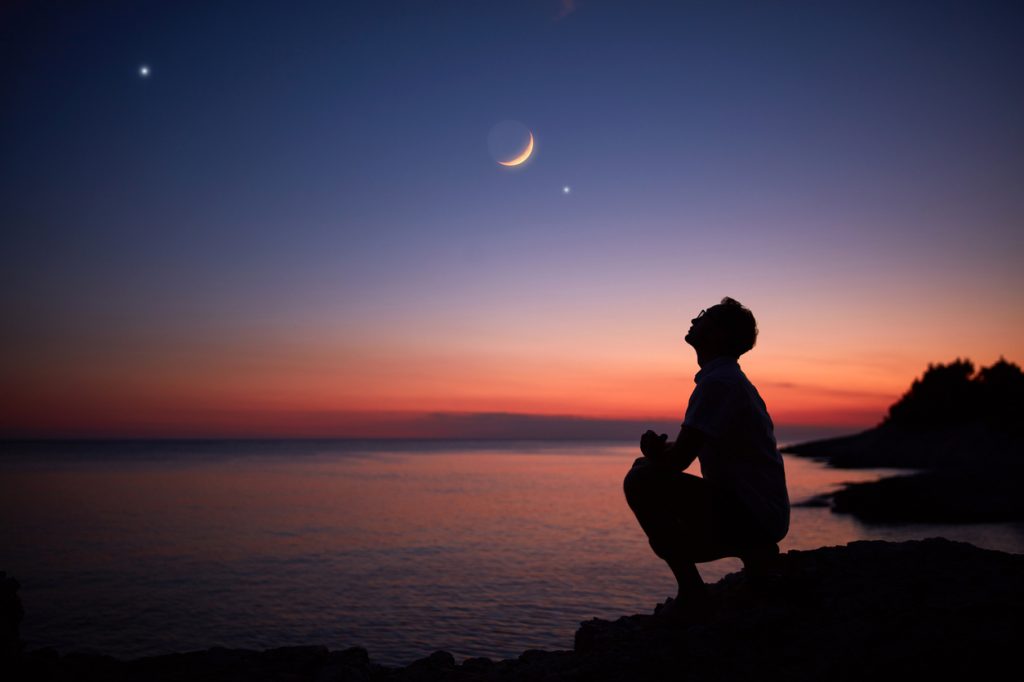
The Red Planet and our sister planet are relatively easy to spot in the sky, thanks to the fact that they're our closest neighbors in the solar system. Valerie Rapson, PhD, assistant professor of physics and astronomy at the State University of New York at Oneonta, says you can easily spot them this spring as they begin shining bright in the Western sky just after sunset.
"Venus is the bright white object low in the West, while Mars sits a bit higher in the sky," she tells Best Life. "Mars' distinct red color will help you distinguish the planet from other nearby stars within the constellations Gemini and Cancer. By July, Venus and Mars will be very close to each other on the Western Horizon, right in front of the constellation Leo the Lion."
2
The International Space Station
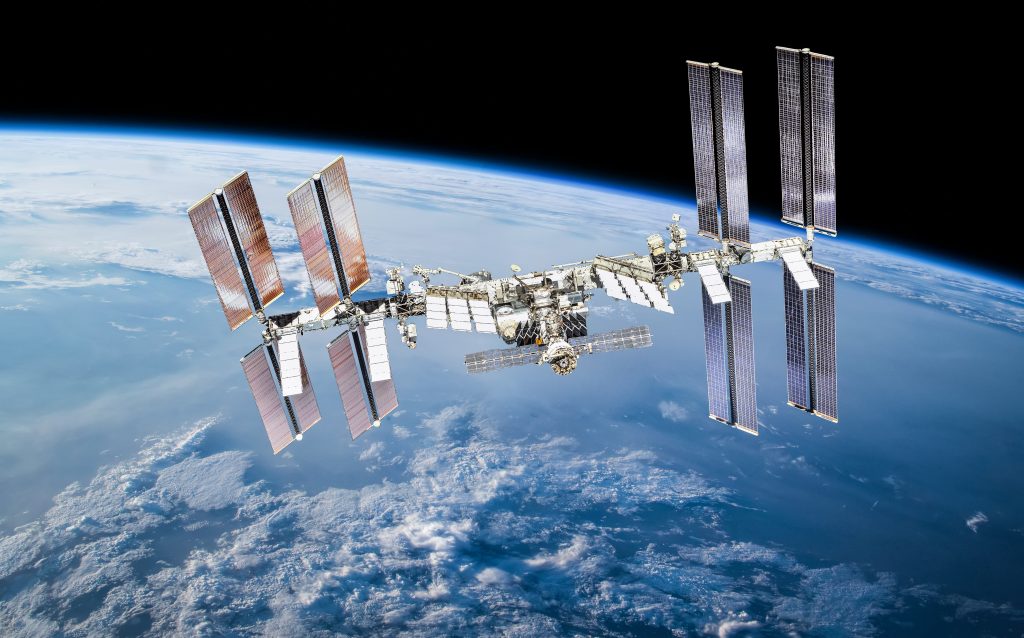
The night sky is filled with seemingly infinite stars and other natural items. But you might be surprised to learn that you can also spot certain human-made objects circling the planet without any instruments—including the International Space Station (ISS).
"It looks like a bright, fast-moving airplane that flies through the entire sky in just a few minutes," says Chris Klein, amateur astronomy advisor and founder of AstroRover. "To see the ISS, you can use NASA's Spot the Station tool to find out when and where it will be visible from your location. Look for a bright object moving quickly across the sky, usually in a west-to-east direction."
READ THIS NEXT: The 10 Best Destinations for Stargazing in the U.S.
3
The Perseid Meteor Shower
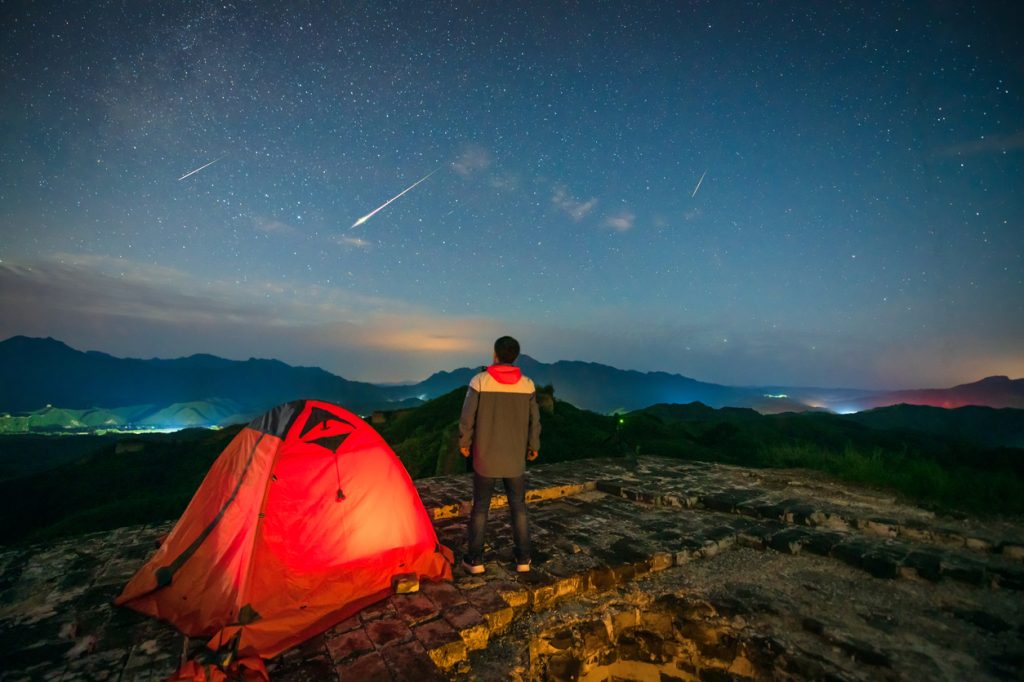
Meteor showers that light up the night sky with shooting stars and fireballs from above are must-see events for astronomy fans. And according to Rapson, the Perseids will put on quite a show when they peak the night of August 12 this year.
"The Earth will move through debris left behind by comet 109P/Swift-Tuttle, creating a beautiful display of shooting stars in the sky," she says. "Viewers should head out after dark and look towards the constellation Perseus in the northeast. It's just below the 'W'-shaped constellation of Cassiopeia the queen."
During its peak, she says you can expect to see at least one meteor per minute—thanks mainly to ideal conditions. "The moon will be in the waning crescent phase, so the sky will be nice and dark for meteor shower viewers this year! And even if the skies are cloudy that day, you can go out a few days before or after the peak and still get a great show," she says.
4
Jupiter

Many of our planetary neighbors can be easy to spot without a single piece of equipment. This is especially true if they happen to dwarf most of the other objects in our immediate vicinity.
"Jupiter is the largest planet in our solar system and is also one of the brightest objects in the night sky," says Klein. "Look for a bright, white, star-like object in the eastern sky after sunset."
If you do happen to have a pair of 10x binoculars on hand, Klein adds that you might be able to use them to also pick up the gas giant's four largest moons.
For more life advice delivered straight to your inbox, sign up for our daily newsletter.
5
The Big Dipper and Little Dipper
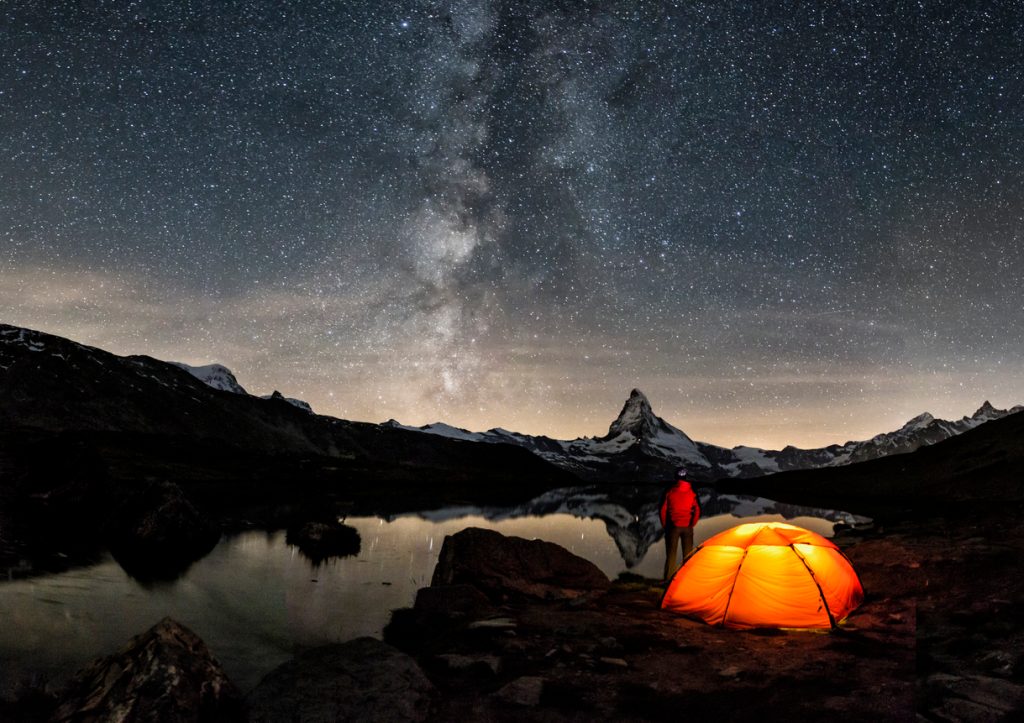
The warmer months make stargazing a perfect nighttime activity. Fortunately, this is also the time of year when two of the most recognizable constellations become visible.
"Spring and summer are the best times to view the Big and Little Dipper in the Northern sky," Rapson says. "Just after sunset, the Big Dipper will be high in the North, with the Little Dipper sitting directly below."
And if you really want a good reason to seek out the Big Dipper, consider that you can use it to give yourself an ancient eye test. "The second star in the Big Dipper's handle is actually a double star called Mizar and Alcor," Rapson explains. "If you can discern the two individual stars, without the help of a telescope or binoculars, then you have 20/20 vision! This test was used by various cultures throughout history to gauge the quality of people's eyesight."
6
The Northern Lights
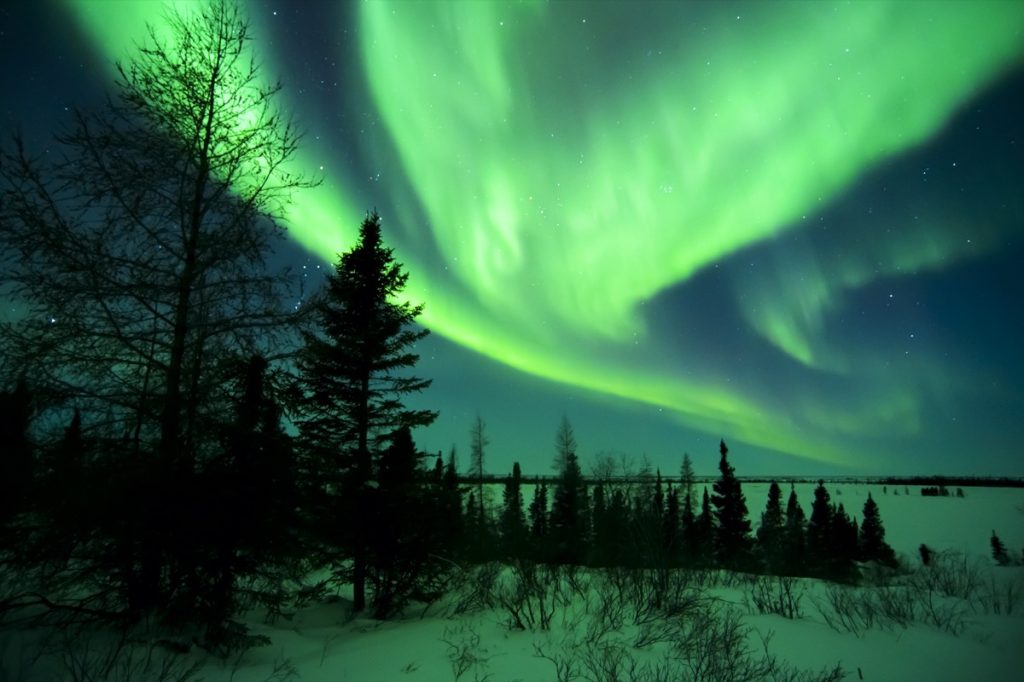
Not all objects in the night sky are so far away. In fact, one natural phenomenon occurs in our own atmosphere—and it can be so stunning that people often travel great lengths just to experience it.
"The Northern Lights—scientifically called the Aurora Borealis—are a stunning natural light display in the sky," says Klein. "They are caused by charged particles from the Sun colliding with Earth's atmosphere. To best see them, you must be about 65 degrees North, which is near the Arctic Circle."
READ THIS NEXT: 32 Greatest Scientific Discoveries of Our Lifetime.
7
The Pleiades Star Cluster
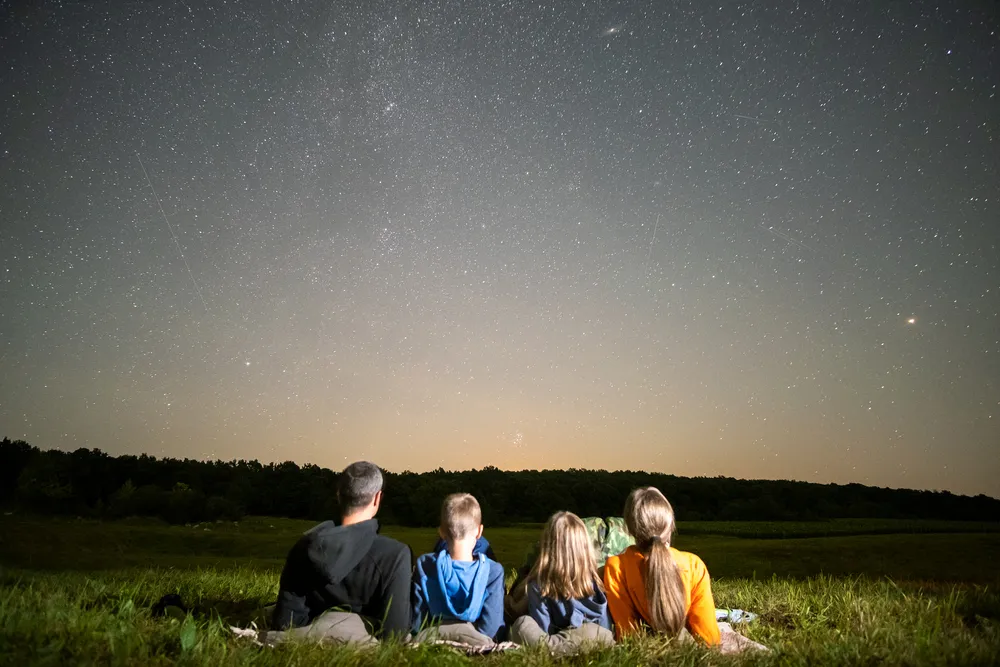
The night sky is filled with so many twinkling objects that it can sometimes feel disorienting. But Klein says one notable group of stars should stand out in the night sky without binoculars or a telescope.
"The Pleiades—also known as the Seven Sisters—is a beautiful star cluster you can see with the naked eye," says Klein, adding that they're best observed in the winter months in the Northern Hemisphere. "To locate them, look for a small group of stars in the constellation Taurus."
8
A Solar Eclipse
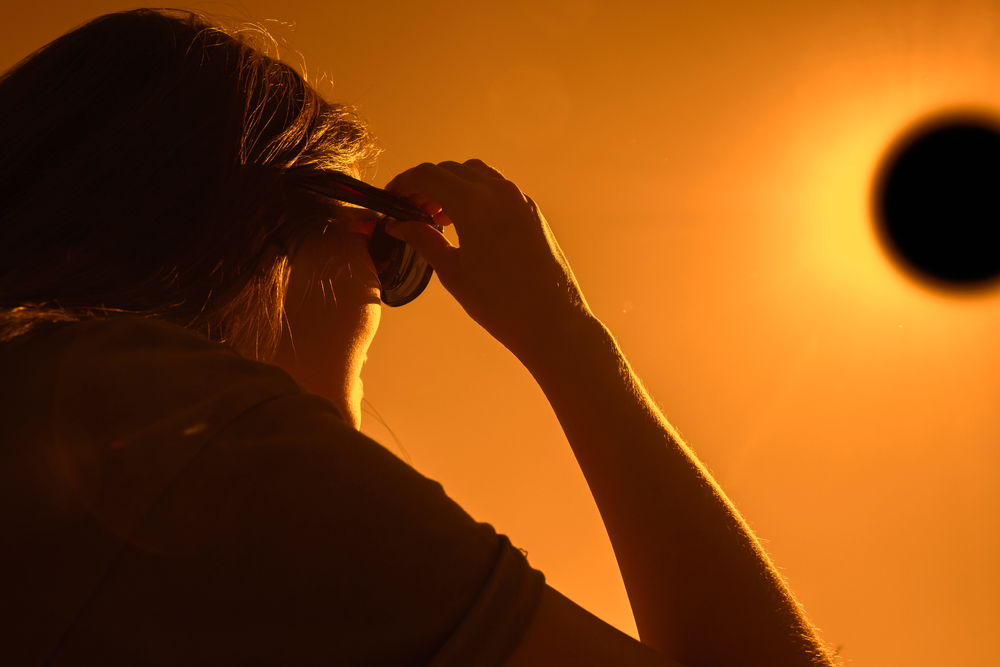
Not everything notable that happens above takes place at night. Rapson explains that on October 14, 2023, the United States will experience an annular solar eclipse.
"This is similar to a total solar eclipse, except the moon will be slightly farther away from Earth than usual, and therefore it won't completely cover the sun at any point during the eclipse," Rapson explains.
"With a pair of safety glasses, you can watch the moon creep across the sun, ultimately revealing a ring of bright yellow with the dark moon in the center," she says. "The main path of the annular eclipse cuts across the western and southern U.S., with everyone else experiencing a partial solar eclipse."
- Source: https://spotthestation.nasa.gov/

